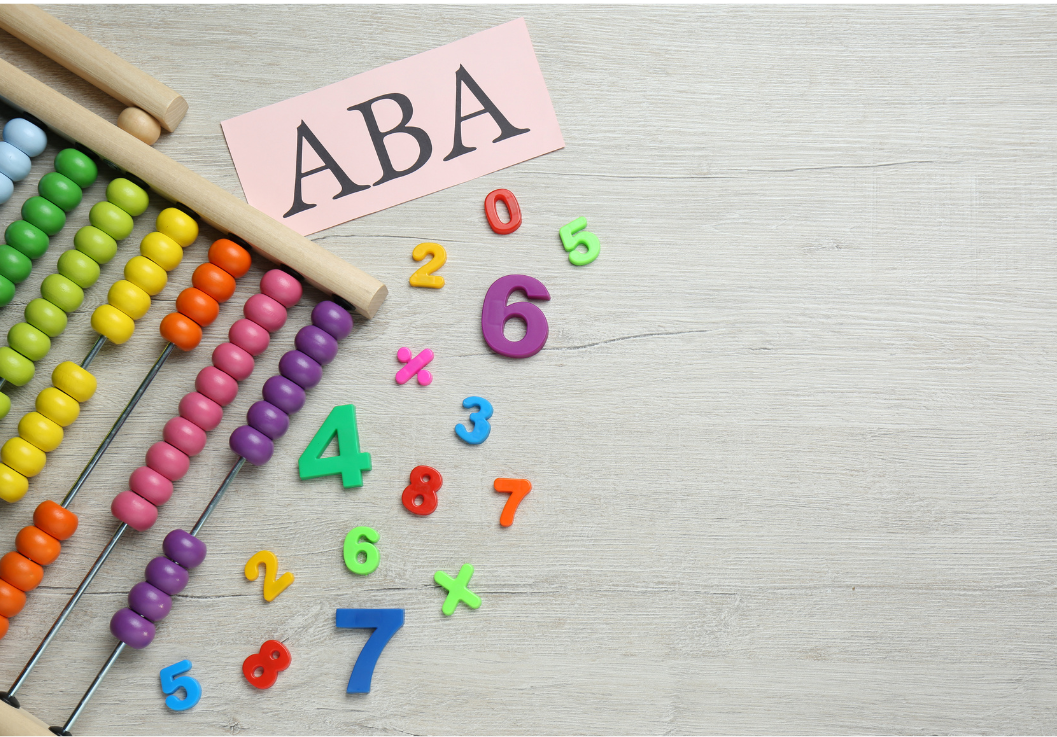Understanding the Basics of ABA: A Starting Point for Families

Welcome back to our blog ! After introducing ourselves and our mission, we’re excited to dive into the heart of Applied Behavior Analysis (ABA) and how it can benefit your family. In this post, we'll cover the basics of ABA, providing you with a solid foundation to build upon as we explore more advanced topics in future posts.
What is ABA?
Applied Behavior Analysis (ABA) is a scientific approach to understanding behavior and how it is affected by the environment. ABA focuses on using evidence-based techniques to bring about meaningful and positive changes in behavior. It is particularly effective for individuals with autism spectrum disorder (ASD), but its principles can be applied to various populations and settings.
Pillars of ABA
- Behavior is Learned and Can Be Changed: ABA is based on the idea that all behaviors are learned and can be changed. By understanding what motivates certain behaviors, we can implement strategies to encourage positive behaviors and reduce unwanted ones.
- Focus on Observable Behavior: ABA emphasizes observable and measurable behaviors. This allows for objective assessment and data collection, ensuring that interventions are based on reliable and scientifically based information.
- Positive Reinforcement: One of the key techniques in ABA is positive reinforcement. By appreciating (I could also sub this with highlighting or rewarding- but don’t necessarily like the connotation of the word in this context) desired behaviors, we can work to increase the likelihood that these behaviors will occur again in the future.
- Individualized Interventions: Each individual is unique, and our programs are tailored to meet the specific needs and goals of the person receiving therapy. This personalized approach ensures that interventions are effective and meaningful for both the client and their families needs.
How ABA Works
ABA involves several steps to ensure that interventions are successful:
- Assessment: The process begins with a thorough assessment of the individual's strengths, challenges, and specific behaviors that need to be addressed. This can include direct observation, interviews, and standardized tests.
- Goal Setting: Based on the assessment, specific, measurable goals are set. These goals are tailored to the individual's needs and can range from improving communication skills to reducing problematic behaviors.
- Intervention: Strategies and techniques are implemented to achieve the set goals. This might involve breaking down complex tasks into smaller, manageable steps, providing prompts, and using positive reinforcement.
- Data Collection: Continuous data collection is a cornerstone of ABA. By tracking progress, therapists can determine the effectiveness of interventions and make necessary adjustments.
- Evaluation: Regular evaluation of the individual's progress helps ensure that the goals are being met and that the interventions remain effective. Adjustments are made as needed to keep the individual on the path to success.
ABA has been shown to produce significant improvements in communication, social skills, academic performance, and daily living skills. For families, ABA can provide strategies and support to manage challenging behaviors and enhance overall family dynamics.
As a parent or caregiver, your involvement is crucial to the success of your child’s therapy. By learning and applying ABA principles at home, you can reinforce the skills and behaviors your child is working on in therapy in multiple environments. Consistency and collaboration with your team will help ensure the best outcomes for your loved one!
In upcoming posts, we will delve deeper into specific ABA techniques or goals, share practical tips for applying ABA at home, and discuss common challenges and how to overcome them. We hope this introductory post has given you a clear understanding of the basics of ABA and how it can benefit your family.
Thank you for joining us on this journey. If you have any questions or topics you'd like us to cover, please reach out to us directly at deepika@
Warm Regards,
Deepika
